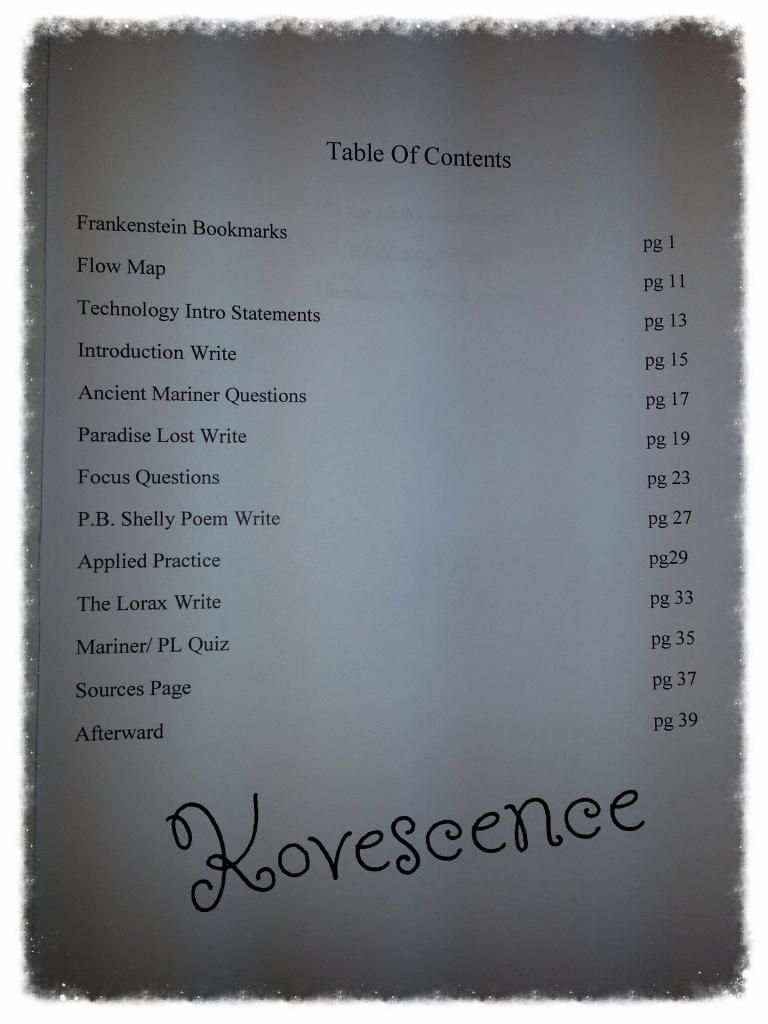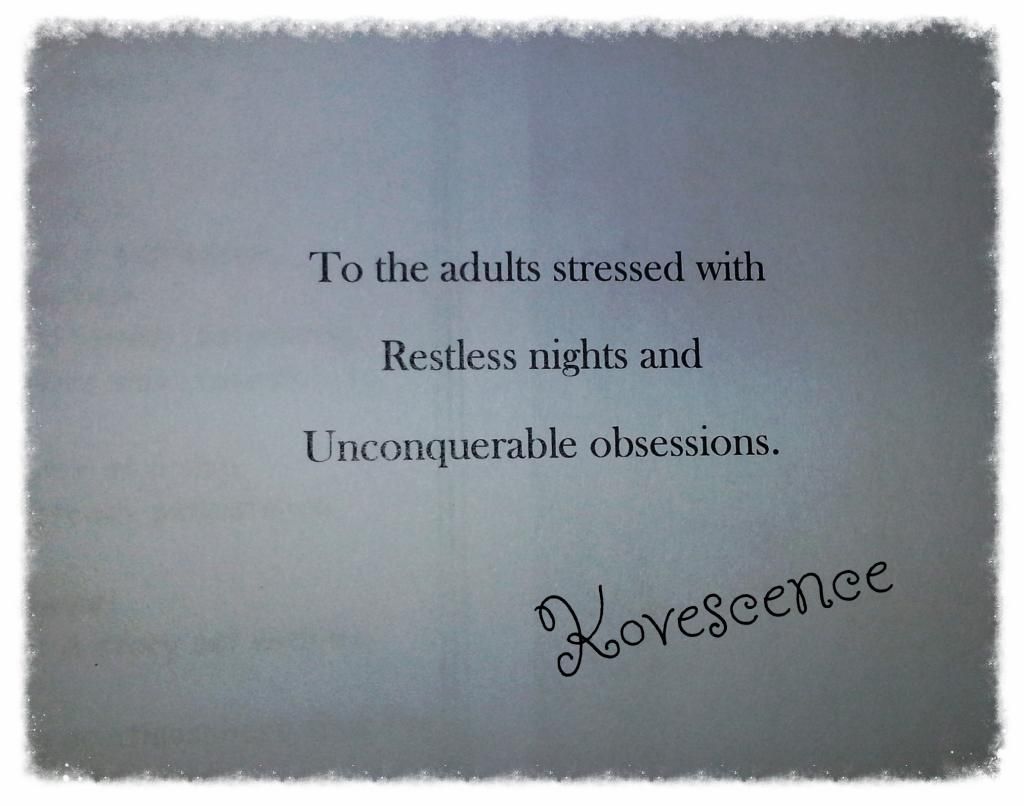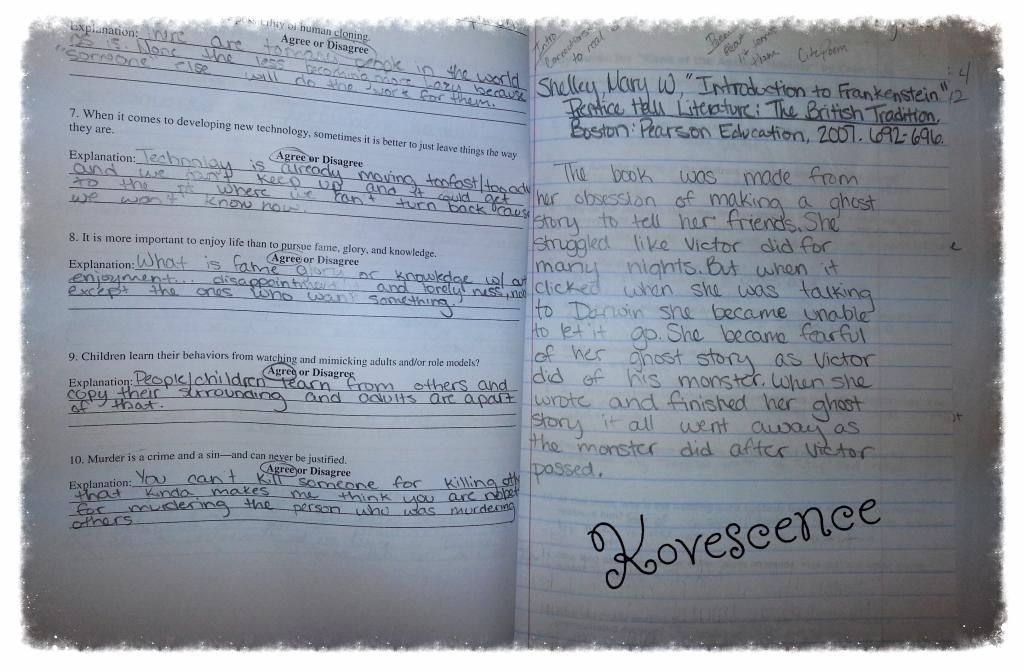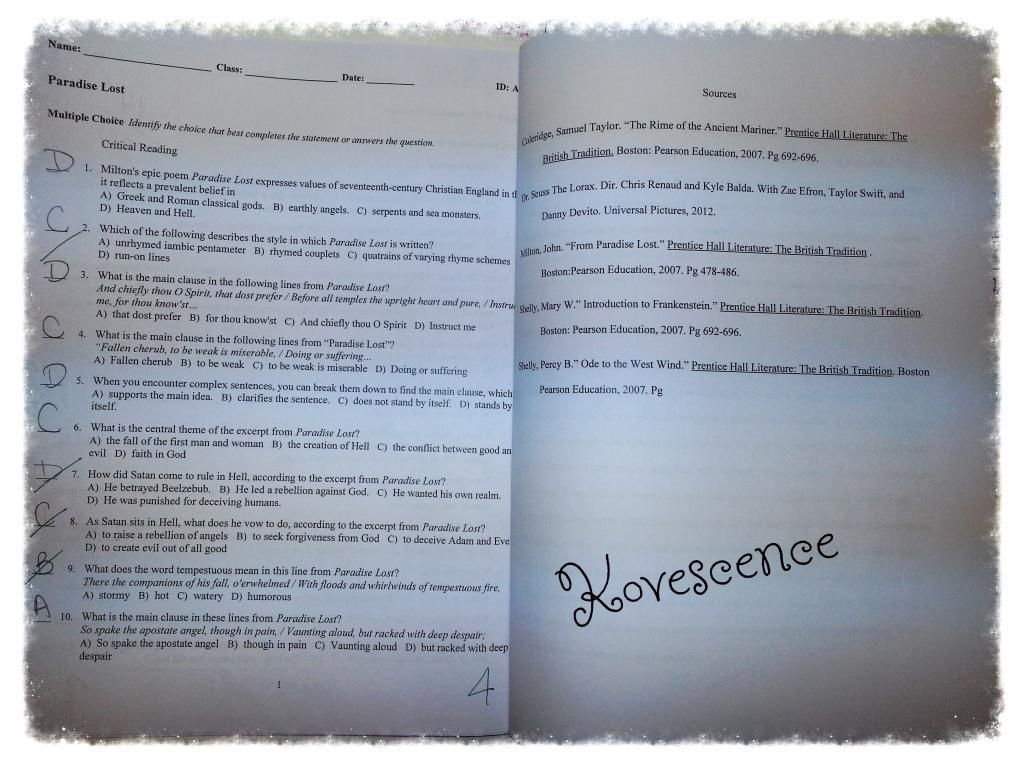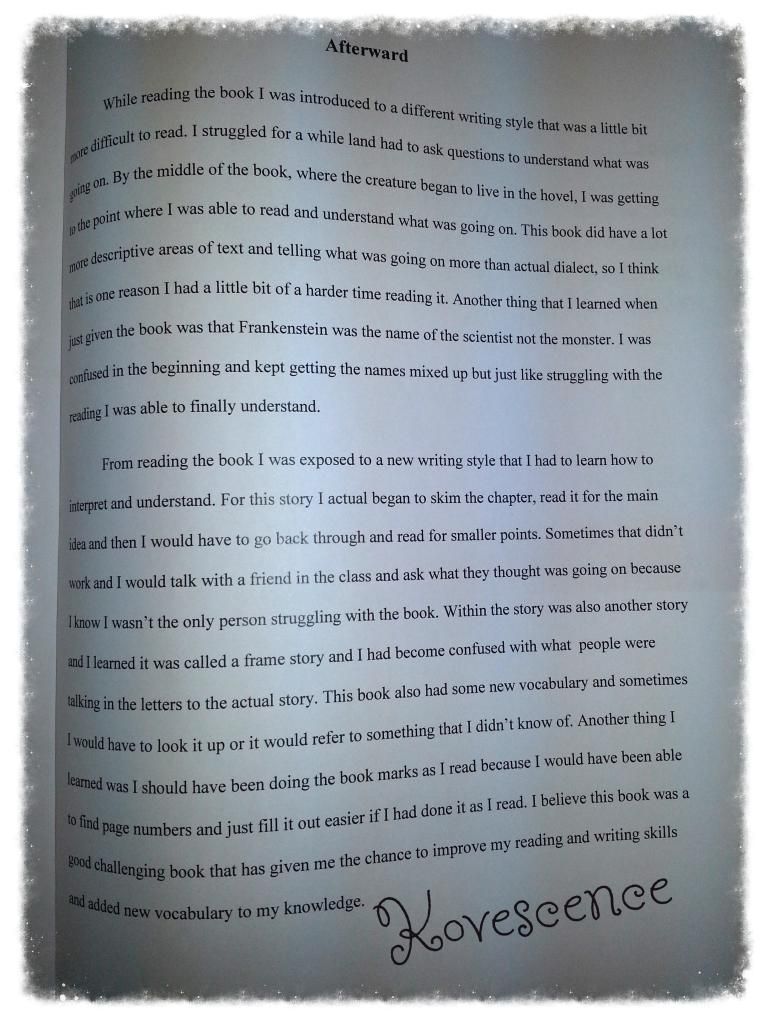How I avoid grading stacks of assignments PART I
I have yet to meet a teacher that enjoys grading. It has taken me over ten years to get to a point where I feel that I don't spend or don't have to spend hours grading assignments.
Two best grading pieces of advice I was ever given, but I still struggle to follow:
1) You don't have to grade everything.
2) If you only have your students write as much as you can grade, they aren't writing enough.
To that end, several years ago I started a new way of collecting and assessing work in my English classes. One of our requirements in senior English is portfolio of student work from high school and reflections on that work and the experience overall. In order to prepare students for this, I decided to create mini portfolios for every novel we read.
Student are instructed to keep all the work for the novel. Every write, vocabulary sheet, quiz that I hand back, etc.
The day before the test we have a book-making party. They take all their work and create an informational text of their learning.
They must have a creative cover, which they usually draw themselves. I had a student two years ago make a color copy of Fahrenheit 451 and burn it for his cover.
A table of contents is necessary for it to be organized.
The students usually save their Tables of Contents from one book to another, so they can just edit. They can also add other outside items that connect to the book. If there was something that I collected to look at during the novel, but a student was gone or didn't do it, they can note here that I need to look at it.
A dedication. These are perhaps the funniest part to read. This one is from Frankenstein.
All of their individual writes, handouts, notes then get organized. I tell them that they can organize it however they want: chronologically, thematically, etc.
This is a page with argumentative statements and a write on the introduction to the text.
I do often add supplementary texts to our novels, so that stuff goes in the book too.
Students also put their reading check quizzes in their books. At the end they have to create a works cited page for everything we used during the study of that novel. We had four texts/videos for Frankenstein this year.
The last item in their book is an afterward. I have struggled to get these where I want them. The afterward is the one-page reflection on what they learned. Often these have been about the story and themes or lessons from the book. I am now telling them a paragraph has to be on skills they have developed during the study of this novel. This is usually a large portion of the grade for the book, and the part I read most carefully.
This one was fairly well done!
They then stick the gradesheet inside the book; I don't want it attached to the binding because then I have to flip back and forth. I then can grade 30 of them in less than an hour. This is way better for me than collecting every assignment and recording them individually.
Here is my Frankenstein Notebook Gradesheet from this fall.


